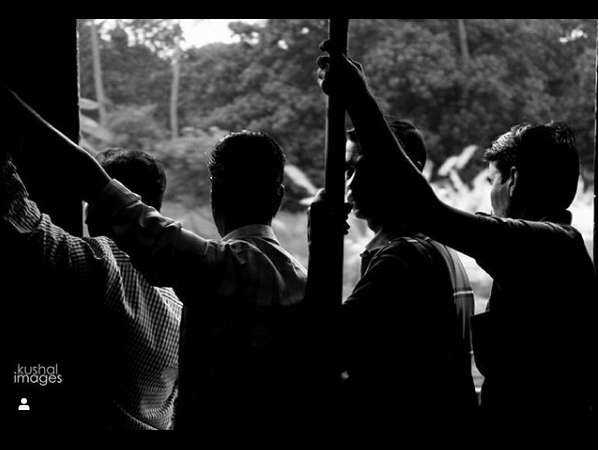If you understand what is art, you must have realised that it is an expression and nothing else. You might wonder why does someone create art to express when communication can do that easier. I don’t have a clear answer for that.
Swami Vivekananda thought that every living beings are just random versions of our ownself. Which simply means, every feelable feelings ever, our body and mind are capable enough to feel them with our complete consciousness. Which means anything you want to express, the other person has the ability to understand and respond to. Hence we can create or nurture a feeling in anybody without injecting through communication. You can influence them to feel. I think when individuals transcend their expression through multiple coherent human realities without jostling them from outside but to make them realise the expression from within, they become artist.
Every form of Art out there, can be sorted in two separate division. One that makes the point by making the point straight. There is no auxiliary entity working to make the artist’s perspective visible on the surface. The other one is by telling a story.
As an example, there were alot of poems that I read in my school, written within the context of India’s freedom struggle. And most of them are straight to the face. British are evil. We must get rid of them. Period. Simple and Straight.
And also you’ll find a lot of stuff that you’ve read or saw or listen, which are not straight to the face, but they are told with a narrative where you realised the thought while the artist played with a story.
Now there always remains a risk of misinterpretation in the later form. Simply because we are following the characters to understand the story, whereas a lot of mainstream art are based on the opposite when you’re made to listen to a story to understand the character. That is the main issue I have with pop art. They don’t celebrate characters. They celebrate heroes. And those heroes are nothing but the story of the hero itself. Let me take the example of the widely celebrated classic, “3 Idiots”, which I also consider to be a great milestone for Hindi cinema in general. In “3 Idiots” we celebrated how rancho became phunsuk wangdo. We neither felt the struggle nor understood the emotional journey of that character. We celebrated the story. Now this is an inherent problem with indian audience which needs to fixed.
This problem not only misguides us in our film watching. It defines the tendency of the generation of us who idolise rappers to prime ministers. Which eventually blurs our senses to look through our tampered realities. And when we dilute the characters in the narrative, the million truths within the characters dies within.

Its amazing how you have described it, I had no idea what this blog is actually about… I came to know something which I didn’t know existed or ever realized. Keep writing these beautiful things for us. Thank you. 🙂
LikeLiked by 1 person
Hi Kind Stranger! Appreciate that you liked it and you got something out of it. Though it is kind of sad that you didn’t disclose your identity, but I hope you will.
LikeLike